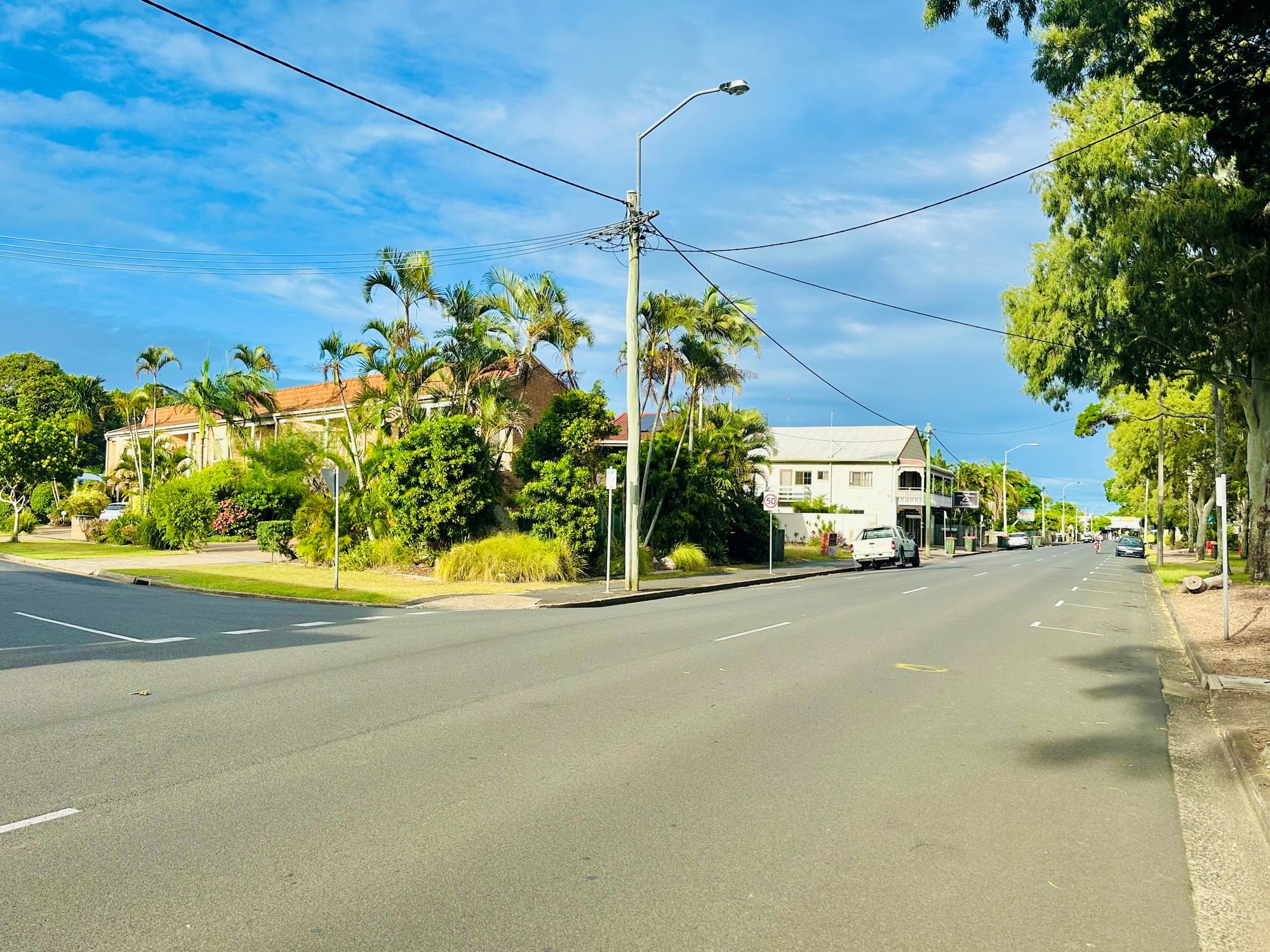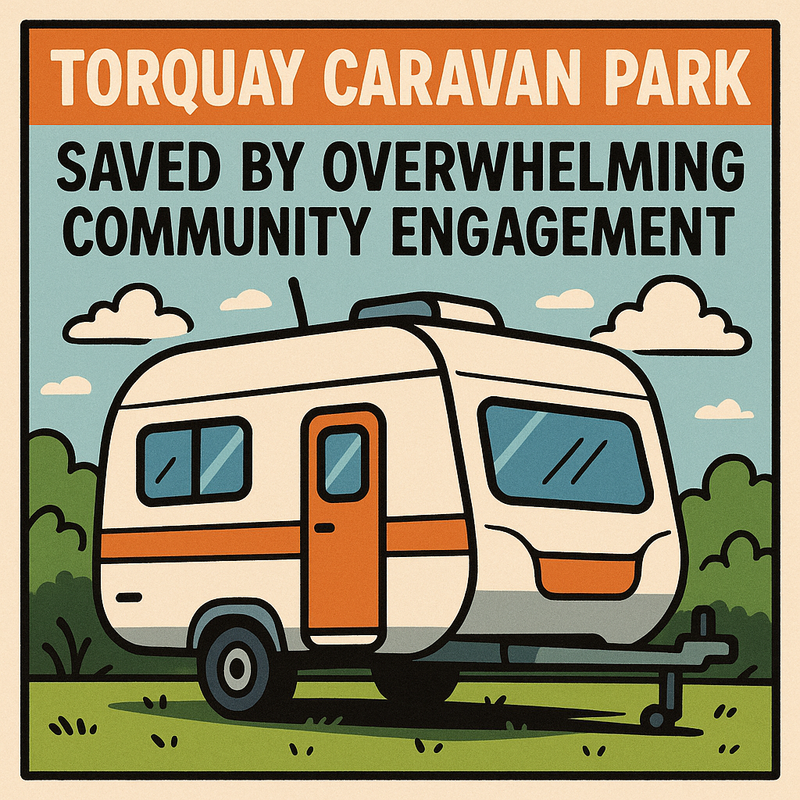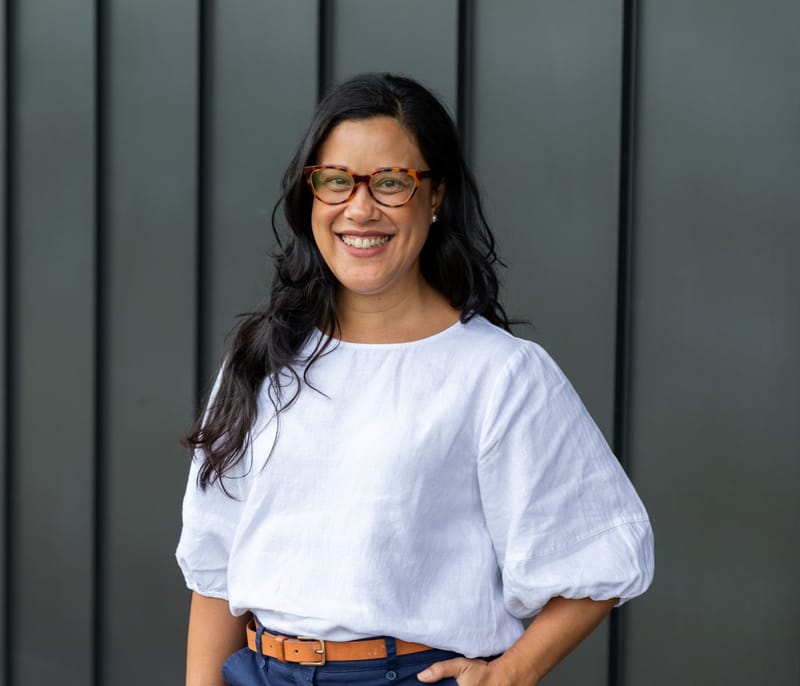Hervey Bay Reimagined 2050: From Fishing Village to Coastal Powerhouse

Predicting the shape of a city decades into the future is part insight, part imagination.
For Hervey Bay, a region already in the midst of transformation, the next 25 years promise both opportunity and challenge.
Two local leaders, real estate principal Leah Quinn and planning consultant Ward Veitch, offer their perspectives on how the Bay might look by 2050.
A Market Under Pressure
Leah Quinn, Principal of Prime Agents, says the property market is already showing signs of what is to come.
‘Hervey Bay has just experienced one of the most significant surges in property values in its history’ Leah notes.
‘For many long-time locals, this change is both exciting and confronting. What was once romanticised as a quaint fishing village has evolved into a modern coastal destination.
By 2050, that transformation will be even more profound’.
She predicts that median house prices, currently around $700,000, will likely climb to between $1.3 and $1.5 million by mid-century.
‘Prime coastal or acreage homes will be beyond the reach of most first-home buyers. These properties will shift from being stepping stones to intergenerational assets, passed down rather than traded’.
Land, Density, and the Shifting Shape of the City
Town planner and Urban Planet Principal, Ward Veitch, agrees that land scarcity will be central to the Bay’s future.
‘Residential developments are now symbolised by the colourbond fence and the driveway full of cars’ Ward explains.
‘That form of development is spreading further and further from the coast as demand rises. With land supply limited and development timelines stretching two to three years, the shift will continue south and west’.
Ward believes redevelopment of older sites and higher density along the Esplanade should form part of the solution.
‘I would like to see more focus on redevelopment and increases in density, but the ‘no change’ agenda is strong. Despite some gentrification, the Esplanade remains a tired and old built form space’.
Leah echoes this pressure on land. ‘Larger parcels that once stretched for acres will be virtually unattainable. Compact 400–500m² blocks or community-titled lots will be the norm. Families wanting more space will need to look inland, perhaps creating what becomes known as the ‘Fraser Coast Hinterland’.
The Economics of Growth
Both experts highlight the role of finance in shaping development.
‘The world of ideology is dictated by finance and risk’ Ward stresses.
‘Despite our efforts to encourage diversity, financiers demand minimisation of risk. That’s why, regardless of what planners or communities want, product outcomes are often uniform and cautious’.
Leah adds that escalating construction costs will compound the challenge.
‘With rising material prices, higher wages for trades, and stricter environmental standards, building a new home could cost double or triple what it does today. Renovating existing homes will become more attractive for locals’.
Families, Communities, and Changing Ways of Living
‘Affordability pressures may reshape household structures. Intergenerational living will become more common’ Leah says. ‘Parents, children, and grandparents sharing homes makes economic sense, but it also reconnects families with the close-knit lifestyle locals value’.
Ward points out that the separation of demographic groups has already reshaped communities. ‘The creation of retirement and lifestyle villages has removed large numbers of older generations from traditional suburbs. There are benefits and disbenefits, but the age of mixed demographics has broken down. Community networks are more fragmented than they once were’.
Preserving the Bay’s Essence
Despite concerns about affordability and sameness, both leaders are confident the Bay’s identity will endure.
‘What I am confident of, is that the city will retain the things that brought my family here in 1971: the beach, the accessibility, and the lifestyle. We are bigger, busier, and have more ‘things,’ but we are still Hervey Bay. I don’t see that changing’ Ward says.
Leah agrees that growth must be balanced with protection of the qualities that define the region. ‘Our esplanade, our safety, our friendliness, these qualities cannot be priced. If we grow carefully, Hervey Bay can remain a haven of lifestyle even as prices rise’.
Looking Forward
By 2050, Hervey Bay will likely be a city where land is scarce, density is higher, and property is a keystone of family wealth. Yet its greatest assets, the coastline, the lifestyle, and the sense of community, may prove just as important as dollars and development approvals.
As Leah puts it, ‘What we own today may become tomorrow’s greatest gift to the next generation’.
Ward reminds us, ‘Despite any changes, Hervey Bay will still be Hervey Bay’.








